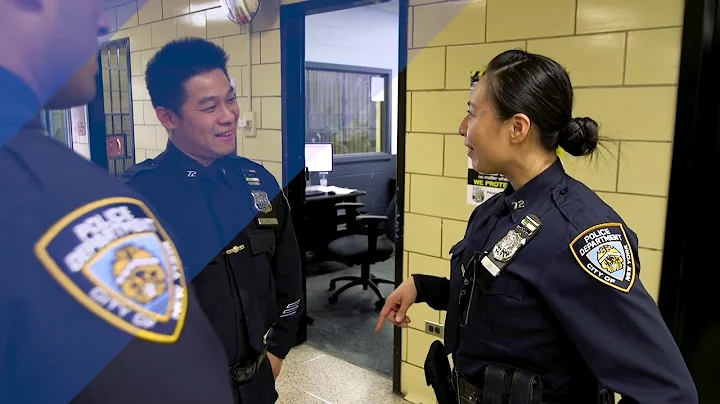
Taiwan Strait Network reported on November 13 that according to Fujian Daily · New Fujian APP, on the 12th, a 7-member expert group led by Professor Li Chunxi, an expert from the National Key R&D Program Grain Feng Special Management Committee, reviewed the national key projects undertaken by Fujian Agriculture and Forestry University The research and development plan topic "Selection of high-quality, high-yielding and efficient varieties in the main production areas of ratoon rice and supporting mechanized light cultivation technology" has been tested and accepted. The average yield per mu of Jianyang Shuiji demonstration plots randomly selected by the expert group is 435.08 kg, which is 435.08 kg per mu, which is 435.08 kg compared with the same period last year. The traditional cultivation method increased the yield by 25.56%.
At present, the planting area of ratoon rice in the country exceeds 12 million acres. As the name suggests, ratooning rice means rice that can still regenerate after being harvested. Mechanical harvesting of ratooning rice refers to harvesting the first crop of ratooned rice using a harvester. Compared with traditional manual harvesting of ratooning rice, although it has cost-saving and efficiency-enhancing advantages, the yield is limited. Due to factors such as mechanical harvesting and rolling, the yield of mechanically harvested ratoon rice in the early stages of development is only half or lower than that of traditional manual harvested ratoon rice. Therefore, this cost-saving and efficiency-increasing planting method cannot truly achieve the goal of stabilizing grain and increasing income.
"It turns out that the yield of ratooning rice in the regeneration season is only one or two hundred kilograms, and the benefits are not good. There are three major problems limiting the yield of machine-harvested ratooning rice, namely, there are few varieties suitable for machine-harvesting and strong regeneration ability, the germination rate of axillary buds is low in the regeneration season, and mechanical harvesting and crushing reduce yields. Serious." said Professor Lin Wenxiong of Fujian Agriculture and Forestry University.

As a result, Lin Wenxiong's team researched key technologies for mechanical harvesting of regenerated rice and created a "full-process mechanized regenerated rice high-yielding and efficient variety screening and three-guarantee, two-promotion and one-attack high-yield and high-efficiency cultivation technology system." "We have screened out 17 varieties of ratoon rice that are suitable for mechanical harvesting. They have been promoted and applied in production, and the yield increase effect is significant. Through improved methods, we have solved the problem of low and unstable low bud germination rate of ratoon rice with low pile retention and mechanical harvesting. Lin Wenxiong said that in the past few years, the output of regeneration rice in the demonstration plot has been stable at 400-450 kilograms. Together with the output of the first season rice, the yield per mu has achieved "tons of grain" for four consecutive years, marking a milestone. With this technical system, we have overcome the problem of mechanical harvesting of ratoon rice.
Xie Lianhui, an academician of the Chinese Academy of Sciences who was invited to participate in the production test and acceptance, said that through improved breeding methods, mechanical harvesting of ratoon rice uses a "one-and-a-half-season" planting model, which has no problem of raising seedlings and can effectively avoid common diseases and insect pests of double-cropping rice in terms of time. , and the new technology allows the regenerated rice to be "vital in secondary development" and the groups grow neatly, realizing the expectations of improving the quality and efficiency of ecological agriculture.
Since 2016, Jianyang Weng Kemao, a major grain farmer, has been testing new planting models. He calculated an account for reporters. Two crops of one type of regeneration rice were harvested. This year, the yield per mu has steadily exceeded 1,200 kilograms, which is higher than that of double-cropping rice. The profit is four to five hundred yuan more. "Regeneration rice is of high quality and good price, with an average selling price of about 16 yuan per kilogram, which has increased grain production and income."
reporter learned that Jianyang, the main rice producing area in Fujian Province, has gradually promoted this new planting model, with an area of Reaching 12,000 acres.
(Source: New Fujian Reporter Zhao Jinfei text/picture)





















